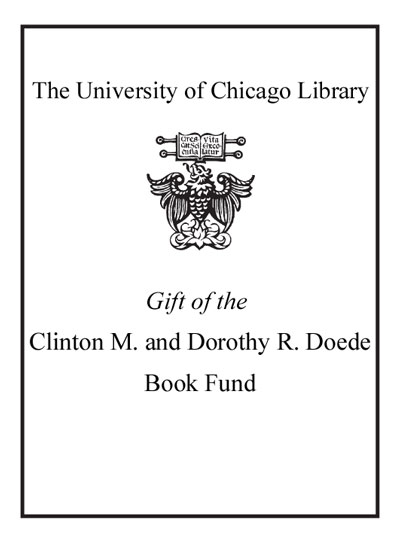Review by Choice Review
Although thoroughly researched and well written, this account of the lives of anthropologists Ruth Benedict and Margaret Mead is problematic. Members of the American Anthropology Association have agreed that they "must respect, protect and promote the rights and welfare of all those affected by their work." The meaning of this assertion has been debated within the ranks; still, there is a general consensus that professionals ought to be cognizant of possible outcomes of their work, and weigh the possible benefits of any study for the people being studied. There is irony in that this respect is not extended to the private lives of popular anthropologists themselves; Mead explicitly sought to retain a semblance of privacy during her lifetime. Banner (history and gender studies, Univ. of Southern California), however, has reported in detail on Mead's and Benedict's early family lives, dalliances, and often confusing, if not heartbreaking, relationships. Nevertheless, Banner's work is, in many instances, compelling. The narrator does justice to the abundant archival material, though her speculative leaps are sometimes troublesome. Banner's prior contributions to the history of women and gender include Finding Fran: History and Memory in the Lives of Two Women (CH, Apr'99) and In Full Flower: Aging Women, Power, and Sexuality (1992). ^BSumming Up: Recommended. General collections. L. De Danaan emerita, Evergreen State College
Copyright American Library Association, used with permission.
Review by Booklist Review
The influential social anthropologists Margaret Mead and Ruth Benedict, unalike in age, appearance, and demeanor, met at Barnard College in 1922, when Mead was a student and Benedict a teacher, and again in Rome in September 1926. There their friendship, strained by Mead's affairs with men, erupted in a quarrel over the sibyls in Michelangelo's Sistine Chapel paintings, important players in Benedict's fantasy life. Their bond survived, and the friends and, despite both being married (unhappily), lovers remained important to one another (they lived together just twice, in 1928 and in the mid-1940s). Such details spark Banner's work throughout and are possible because of access to hundreds of letters and documents in the Benedict and Mead papers that were opened to researchers in 2000-01. Indeed, this is the first account of Mead and Benedict that draws upon those resources. In addition, Banner was the first scholar to use the papers of Benedict's sister and of other archives, domestic and foreign. Thus this engaging, fast-reading dual biography newly enlightens scholars and general readers alike. --Whitney Scott Copyright 2003 Booklist
From Booklist, Copyright (c) American Library Association. Used with permission.
Review by Publisher's Weekly Review
Banner (American Beauty; In Full Flower; etc.) offers here a joint biography of two major figures in American anthropology. Ruth Benedict and Margaret Mead met in 1922, when Benedict was a teaching assistant and Mead a student at Barnard College. Two years later, they were lovers. From the 1920s until Benedict's death in 1948, they remained friends and intellectual collaborators. For each, anthropological research and personal experience were interconnected; not only did a variety of co-workers become lovers and friends, but their sexual experiences shaped their theoretical positions on such questions as the "normalcy" of heterosexuality or the role of culture in defining deviancy. Banner's is the first work to use previously restricted private letters and papers of Mead and Benedict. She also draws heavily on recent decades of writing on lesbian history and queer theory. The results are uneven, mostly due to Banner's determination to find sexual abuse and lesbian subcultures in Benedict's youth and same-sex erotics in Mead's girlhood. Banner's "gaydar" works better when analyzing the variety of relationships the two women formed as adults, especially the way their own attractions morphed into fieldwork theorizing. While Banner plays fast-and-loose with some sources, this chronicle of the lives of two modern anthropology titans is bound to raise considerable academic interest. 28 b&w illus. not seen by PW. Agent, Nikki Smith. (Sept. 17) (c) Copyright PWxyz, LLC. All rights reserved
(c) Copyright PWxyz, LLC. All rights reserved
Review by Library Journal Review
Taking advantage of hundreds of letters only recently opened to scholars, Banner untangles the intellectual and erotic ties that bound Mead and her Barnard professor Benedict. (c) Copyright 2010. Library Journals LLC, a wholly owned subsidiary of Media Source, Inc. No redistribution permitted.
(c) Copyright Library Journals LLC, a wholly owned subsidiary of Media Source, Inc. No redistribution permitted.
Review by Choice Review
Review by Booklist Review
Review by Publisher's Weekly Review
Review by Library Journal Review

